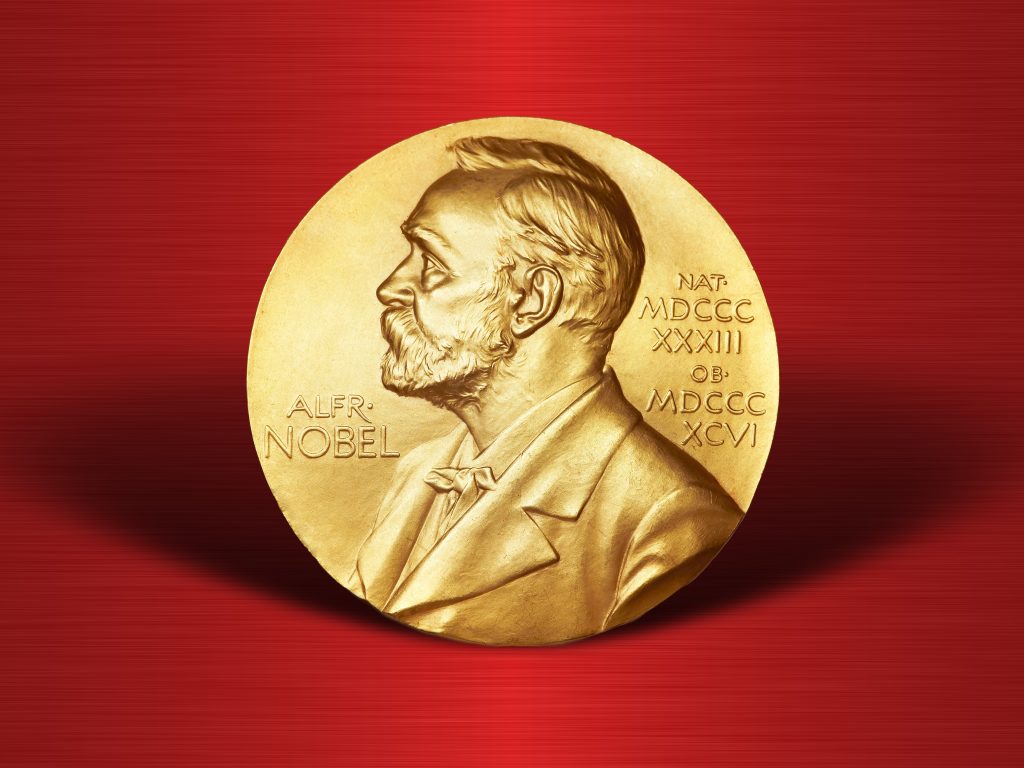
Biologics are fuelling a technological revolution in medicine. The increasing prominence of biologics in modern medicine has led to a rise in questions surrounding their patenting and the strategies companies use to protect their intellectual property. Small molecule pharmaceuticals remain important, but the pharmaceutical landscape now looks very different with a host of new biotherapeutic modalities approaching or entering the market. Out of the 20 worldwide top-selling drugs in 2023, 15 were biologics (including eight monoclonal antibodies (mAbs) along with vaccines and fusion proteins). Not long ago the majority would have been small molecule pharmaceuticals.
The 21st century has seen a rapid increase in new biotherapeutic modalities undergoing trials or gaining regulatory approval and this is enabling previously untreatable diseases to be addressed, ranging from common conditions like obesity and heart disease to rare genetic conditions like beta-thalassaemia. This started slowly and between the years of 2000 and 2016, only two new biotherapeutic modalities (antibody-drug conjugates (ADCs) and bispecific antibodies (bsAbs)) were approved. However, in the past eight years, six new biotherapeutic modalities have gained regulatory approval, with a further two starting clinical trials. Many of these technologies are fundamentally different to traditional pharmaceuticals not only in how they are manufactured but also in how they are distributed and used. This means pharmaceutical patent strategy has had to adapt to the emergence of these new technologies and indeed patent law is struggling in many respects to keep up with the times.
Some of these new modalities were built on existing approaches, such as ADCs and bsAbs, succeeding their mAb progenitors but providing further functionality and specificity, whilst others were borne out of the discovery of completely new biological mechanisms exploited as therapeutics. The highest-profile example is the CRISPR-Cas system, which is a form of adaptive immunity in bacteria that has been developed into a clinical gene-editing platform. This therapy was approved for sickle cell disease and transfusion-dependent beta thalassemia by the MHRA in November 2023, with the EMA and FDA following shortly thereafter.
The scope and form of patent protection available for biological therapeutics differs across jurisdictions, with a particular divergence between the US and Europe. Other territories typically either follow a more US approach or a more European approach; however, there is a lot of nuance. Patent case law is necessarily several years behind the current technology. So, while there is a reasonable body of jurisprudence for the earlier forms of biologics, like antibodies and ADCs, we have not yet seen many challenged cases in the newer technologies based around cell and gene therapies, aside from some CRISPR skirmishes.
It is still early days and the patent strategy of companies developing new biotherapeutic products needs to be dynamic and able to adapt to the rapid changes that we are seeing. Decisions on what to file patent applications on, when to file, how much data is needed, what kind of data is needed and how much should be claimed or kept back for later filings may need to be revisited regularly to ensure that a strong and defensible patent portfolio is developed. This is crucial for generating investment in this field so care must be taken.
These new technologies are taking medicine to the stage where previously untreatable diseases can now be cured. This is an exciting new frontier, and to help biotech entrepreneurs navigate key strategic considerations in this field, we will be publishing a series of articles over the next few months. These articles will explore various biotherapeutic modalities and provide essential insights on patent strategy in these areas. In this introductory article we have outlined some of the more general considerations for patenting biologics, but we will delve into the issues for specific modalities in later instalments.
In the early days of biotherapeutic research in 1998, recognising that special consideration for biological inventions was needed, the EU issued Directive 98/44 synchronising national patent laws concerning biotech inventions across the EU. This directive was also incorporated into UK law and that of the European Patent Office (EPO). Plant and animal varieties, processes of modifying human germ line cells, human cloning and elements of the human body were all deemed non-patentable. The patenting of isolated biological material, including human DNA and cells, and microorganisms was still possible.
However, while in the early days the position of the EPO was analogous to other jurisdictions this quickly began to change, particularly in the US. This change was driven by several key Supreme Court decisions, which first impacted inventions in the diagnostic and medical fields and more recently extended to antibody patents. Indeed, it is now no longer possible to patent diagnostic methods in the US (but this is still possible in Europe). In Association for Molecular Pathology v Myriad Genetics, Inc. (569 U.S. 576, 2013), which was the subject of much public interest, the US Supreme Court decided that a naturally occurring DNA sequence was a “product of nature” and thus patent ineligible even if isolated from genomic DNA; however, the patenting of cDNA was still possible. This diverges from EPO practice where the patenting of isolated DNA remains possible, provided it is new and unexpectedly useful. The biggest upset in the US was the complete dismantling of broad antibody patents in Amgen Inc. v Sanofi (598 U.S. 594, 2023). As a result, it is no longer possible in the US to obtain granted antibody patents with broad scope (for example by defining the antibodies by their functional properties, such as the epitope to which they bind). US antibody patents now have to be limited to the amino acid sequence of the exemplified antibodies. While this may seem narrow and arguably less commercially useful, the interplay of patent protection and regulatory exclusivities means this is not the end of the world. A narrow patent that covers your marketed product will still stop biosimilar competition. However, it does necessitate carefully scrutinising your data and disclosures to ensure your patents map on your products. Incorrect sequence data can be a problem so attention to detail when planning your patent strategy is essential. At the EPO, while there are now a series of defined requirements for antibody patents it is still possible to obtain broad protection, but this is very much dependent on the data generated in support of the patent application. There are many other divergences in this field between key jurisdictions.
In this series we will explore specific patent strategies before the EPO for key biotherapeutic modalities, ranging from ADCs, through gene editing to various types of RNA therapeutics. While there are similarities, each modality requires its own strategic considerations, and the level of experimental support and disclosure needed varies for each. We will discuss EPO key case law where available and provide case studies to guide the reader.
We hope this will provide an idea of what scope of protection is possible and what experimental support is needed when drafting and prosecuting such patents in Europe and further afield.
The biotechnology group at GJE has extensive experience in patenting a diverse range of biotechnological inventions in addition to advising innovative biotech companies and investors. To discuss your biotech IP strategy, please contact us at biotech@gje.com.


